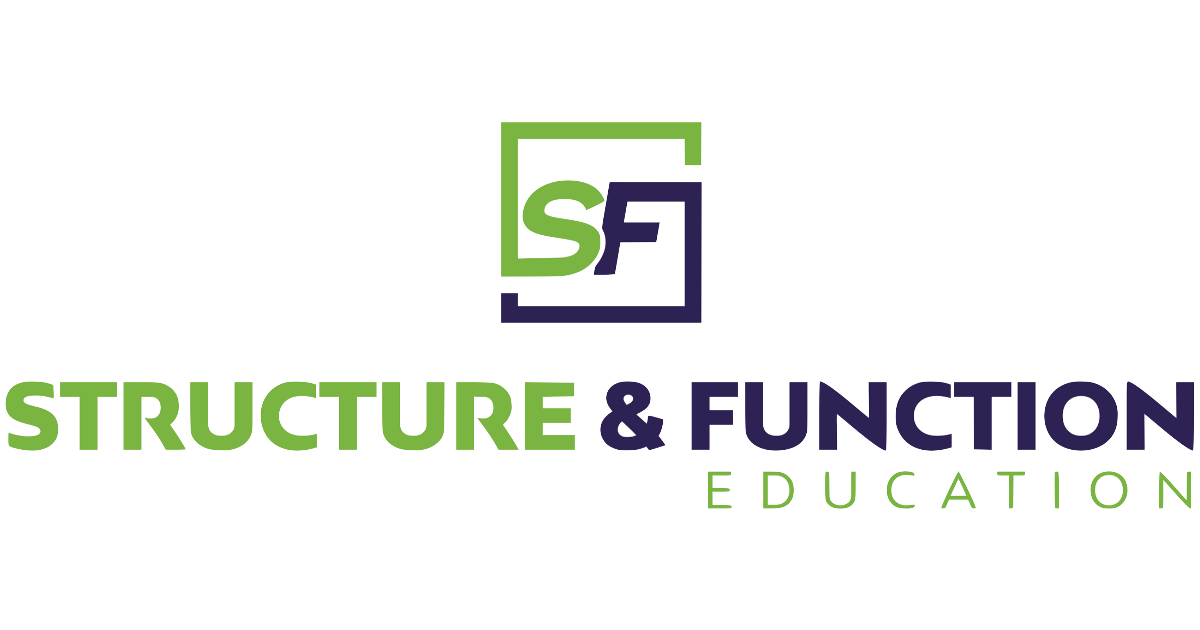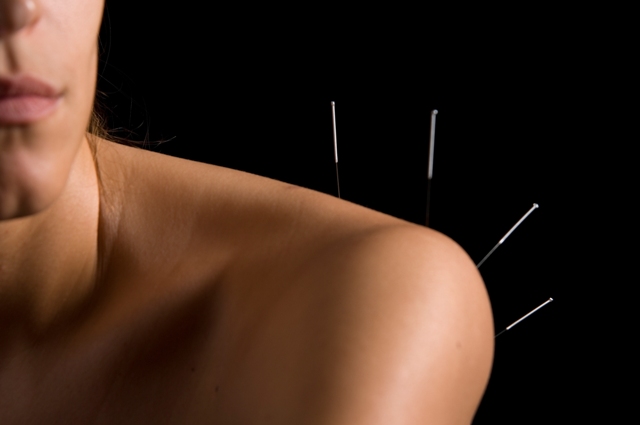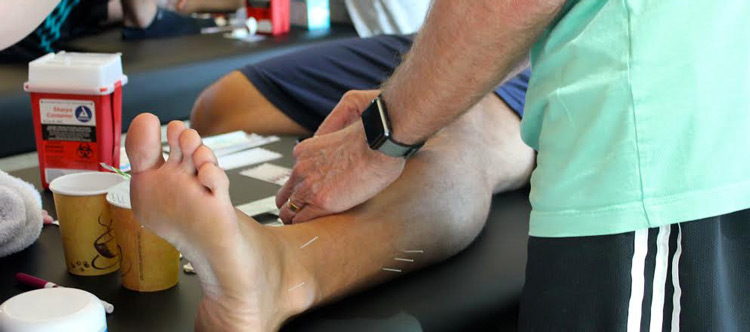Scientific Foundation: Microanatomy, Innervation, and Biochemistry of Deep Fascia Pertinent to Stecco’s® Fascial Manipulation®
Scientific Principles of Fascial Manipulation®
As proficient clinicians, we acknowledge your dedication to evidence-based practice and innovative interventions. Disregard the superficial and explore the scientific principles underlying Fascial Manipulation® (FM). This is not merely a fashionable method; it is a system grounded in the microanatomy, biomechanics, and mechanotransduction characteristics of deep fascia. By comprehending the structured characteristics and neurophysiological functions of this tissue, we can enhance patient outcomes.
Deep fascia is a structured, metabolically active, and richly innervated tissue that forms a three-dimensional continuum connecting muscles, bones, and visceral tissues. Histological analyses indicate that fascia consists of several collagenous layers interspersed with loose connective tissue abundant in glycosaminoglycans, primarily hyaluronan (HA), facilitating interlaminar sliding between fascial sheets and muscle epimysium. This gliding mechanism is crucial for effective movement and energy transmission, and its dysfunction has been associated with several musculoskeletal pain conditions. 1-2
Fascia is extensively innervated with free nerve terminals, Ruffini and Pacini mechanoreceptors, as well as substance P- and CGRP-positive nociceptive fibers, underscoring its function in nociception, proprioception, and autonomic regulation.3 These findings support the notion of fascia as a sensory organ that affects motor control and pain perception. Stecco and colleagues enhanced this comprehension by introducing the Myofascial Unit (MFU)—a functional entity including muscle fibers, their deep fascia, and related neuronal components arranged along directional lines of movement. This model offers the structural and neurophysiological foundation for coordination and effective load transmission.4
At the molecular level, hyaluronic acid governs fascial lubrication and sliding. Fasciacytes, a distinct type of stromal cell, synthesize hyaluronic acid inside fascial layers. Modifications in HA content or its rheological characteristics result in heightened viscosity, diminished sliding, and a clinical condition termed “densification.” Densification limits interfacial mobility and activates nociceptive receptors inside the fascia, resulting in pain and modified movement patterns. 1-2 Tozzi states that fascial tissue dynamically adapts to loading by altering extracellular matrix composition, fluid distribution, and cellular behavior via mechanotransduction pathways. These characteristics elucidate why manual therapies like Fascial Manipulation® (FM) can produce both mechanical and biochemical impacts on the fascial system.
Biomechanics of Fascial Manipulation®: Force Transmission, Shear, and Viscoelastic Properties
The fascial system is essential for force transfer beyond the tendon-bone interface. Epimuscular myofascial force transmission (EMFT) refers to the lateral transmission of muscular forces through connective tissue connections to neighboring muscles and fascial extensions. 6-7 Research involving animals and in vivo human research indicates that alterations in joint angles within one muscle group affect passive tension and strain in neighboring compartments, highlighting the interrelated characteristics of fascia. 6-7
Luigi Stecco’s biomechanical model conceptualizes fascia as a three-dimensional network that organizes motor function through motor functional units (MFUs), myofascial sequences (longitudinal chains), and spirals that connect joints via fascial expansions. These continuities facilitate coordinated multi-joint movements but can exacerbate dysfunction when interfacial glide is impaired. 8 When fascial layers adhere or become denser, the transmission of force vectors becomes asymmetrical, resulting in non-physiological strain and modified proprioceptive feedback.
Fascia exhibits nonlinear viscoelastic characteristics affected by the level of strain, rate of loading, and hydration of the tissue. Prolonged loading induces stress relaxation and creep, promoting plastic deformation and length adjustment.5 The loose connective layers, abundant in hyaluronic acid, regulate shear mechanics. Elevated HA viscosity or fibrotic alterations augment friction and diminish sliding efficiency. Experimental studies demonstrate that prolonged, gradual shear and mild heat reduce HA viscosity, hence reinstating fascial glide.2.5
The contractility of myofibroblasts additionally enhances fascial stiffness. These cells have α-smooth muscle actin (α-SMA), facilitating active tension production in response to mechanical stress or inflammatory stimuli. Chronic immobilization or recurrent strain increases myofibroblast density, promoting pathological stiffness—a condition that FM aims to mitigate with regulated mechanical stimuli.5
Mechanotransduction in Fascial Manipulation®: Cellular and Molecular Reactions to Manual Loading
Fascia is a mechanosensitive organ. Fibroblasts perceive mechanical signals through integrins and focal adhesions, initiating cytoskeletal remodeling and alterations in gene expression. Langevin et al. established that static stretching prompts fast lamellipodia development and actin reorganization, modifying the viscoelastic characteristics of fascia.9 Oscillatory or vibratory stimuli improve ECM hydration and HA distribution, indicating supplementary methods for restoring glide.5
The parameters of manual therapy are significant. Prolonged loading of 1–5 minutes enhance fibroblast remodeling while reducing the release of inflammatory mediators.5 Sudden or excessive loading, on the other hand, increases pro-inflammatory cytokines and matrix-degrading enzymes. The technique of FM—characterized by gradual, deep friction along vectorial lines—aligns with mechanobiological principles, facilitating controlled shear at cellular connections to restore tissue homeostasis.
Neuro-Mechanoreceptor and Autonomic Influences in Fascial Manipulation®
Fascia is rich in mechanoreceptors and interstitial receptors that facilitate proprioceptive and interoceptive transduction. Ruffini endings, which respond to slow tangential stretch, facilitate parasympathetic activation, while Pacini corpuscles react to quick vibratory stimuli.10 Tozzi underscores the autonomic effects of fascial manipulation: the activation of low-threshold mechanoreceptors diminishes sympathetic tone, normalizes microcirculation, and regulates nociceptive sensitivity.5 These responses elucidate FM’s impact on analgesia and systemic relaxation.
Clinical Evidence: Condition-Specific Findings in Fascial Manipulation®
Critical Evaluation of Evidence
Strengths encompass biological plausibility substantiated by mechanotransduction research, preliminary randomized controlled trial data across many situations, and developing imaging correlations. Constraints persist regarding sample size, longitudinal follow-up, and fidelity assessments. Subsequent investigations must to incorporate objective imaging endpoints, dose-response analyses, and mechanistic biomarkers.
Pragmatic Clinical Implications for Proficient Physical Therapists and Athletic Trainers
FM implements these ideas by delineating MFUs and establishing Centers of Coordination (CCs) and Centers of Fusion (CFs) along movement trajectories. This systematic method combines biomechanical continuity with neuromotor regulation, seeking to restore glide, correct hyaluronic acid viscosity, and re-establish balanced force transmission throughout myofascial sequences.15 Clinical use entails deep friction at designated connective tissues remote from the pain location, hence improving safety even in severe circumstances.11 Evaluation should prioritize the identification of densified connective tissues along vectorial lines by palpation and movement-based assessments. Treatment dose must include prolonged, intense shear at specific locations (60–120 seconds), succeeded by functional retraining to reinforce improvements. Incorporating objective imaging where possible can improve accuracy and outcome monitoring. FM offers an operational framework that enables us, as proficient PTs and ATs, to incorporate this intricate fascial science into our clinical decision-making processes. Persist in rigorously evaluating the evidence, enhancing your palpation and movement assessment competencies, and expanding the limits of musculoskeletal rehabilitation. By comprehending the intricate interaction between fascia, mechanotransduction, and pain, we may formulate truly personalized therapy strategies that assist our patients in achieving optimal mobility and performance. If you’re interested in learning Fascial Manipulation, visit Structure & Function Education® and learn more about our Fascial Manipulation Level 1 Course. To enroll today, click on this link: Structure & Function Education’s® hosted Fascial Manipulation upcoming course
References
- Stecco C, et al. Hyaluronan within fascia in myofascial pain syndrome. Surg Radiol Anat. 2011.
- Stecco C, Fede C, Macchi V, et al. The fasciacytes: A new cell devoted to fascial gliding regulation. Clin Anat. 2018;31(5):667-676. doi:10.1002/ca.23072
- Tesarz J, Hoheisel U, Wiedenhöfer B, Mense S. Sensory innervation of the thoracolumbar fascia in rats and humans. Neuroscience. 2011;194:302-308. doi:10.1016/j.neuroscience.2011.07.066
- Stecco A, Giordani F, Fede C, Pirri C, De Caro R, Stecco C. From Muscle to the Myofascial Unit: Current Evidence and Future Perspectives. Int J Mol Sci. 2023 Feb 24;24(5):4527. doi: 10.3390/ijms24054527. PMID: 36901958; PMCID: PMC10002604.Tozzi P. A unify
- Huijing PA. Epimuscular myofascial force transmission: a historical review and implications for new research. International Society of Biomechanics Muybridge Award Lecture, Taipei, 2007. J Biomech. 2009;42(1):9-21. doi:10.1016/j.jbiomech.2008.09.027
- Yucesoy CA. Epimuscular myofascial force transmission implies novel principles for muscular mechanics. Exerc Sport Sci Rev. 2010;38(3):128-134. doi:10.1097/JES.0b013e3181e372ef
- Day JA, Stecco C. The Fascial Manipulation technique and its biomechanical model: A guide to the human fascial system. Int J Ther Massage Bodyw. 2010.
- Langevin HM, et al. Fibroblast cytoskeletal remodeling induced by tissue stretch. Am J Physiol. 2011.
- Schleip, RobertFascial plasticity – a new neurobiological explanation: Part 1. 2003 Journal of Bodywork and Movement Therapies, Volume 7, Issue 1, 11 – 19
- Day JA, Stecco C, Stecco A. Application of Fascial Manipulation technique in chronic shoulder pain–anatomical basis and clinical implications. J Bodyw Mov Ther. 2009;13(2):128-135. doi:10.1016/j.jbmt.2008.04.044 https://doi.org/10.1016/j.jbmt.2008.04.044.
- Harper B, Steinbeck L, Aron A. Fascial manipulation vs. standard physical therapy practice for low back pain diagnoses: A pragmatic study. J Bodyw Mov Ther. 2019;23(1):115-121. doi:10.1016/j.jbmt.2018.10.007 https://doi.org/10.1016/j.jbmt.2018.10.007.
- Mikołajczyk-Kocięcka, Anna, Marek Kocięcki, Lech Cyryłowski, et al. “Assessment of the Effectiveness of Fascial Manipulation in Patients with Degenerative Disc Disease of the Lumbosacral Spine.” Life 15, no. 1 (2024): 33. https://doi.org/10.3390/life15010033.
- Rajasekar, Sannasi, and Aurélie Marie Marchand. “Fascial Manipulation ® for Persistent Knee Pain Following ACL and Meniscus Repair.” Journal of Bodywork and Movement Therapies 21, no. 2 (2017): 452–58. https://doi.org/10.1016/j.jbmt.2016.08.014.
- Stecco, Antonio, Marco Gesi, Carla Stecco, and Robert Stern. “Fascial Components of the Myofascial Pain Syndrome.” Current Pain and Headache Reports 17, no. 8 (2013): 352. https://doi.org/10.1007/s11916-013-0352-9.




